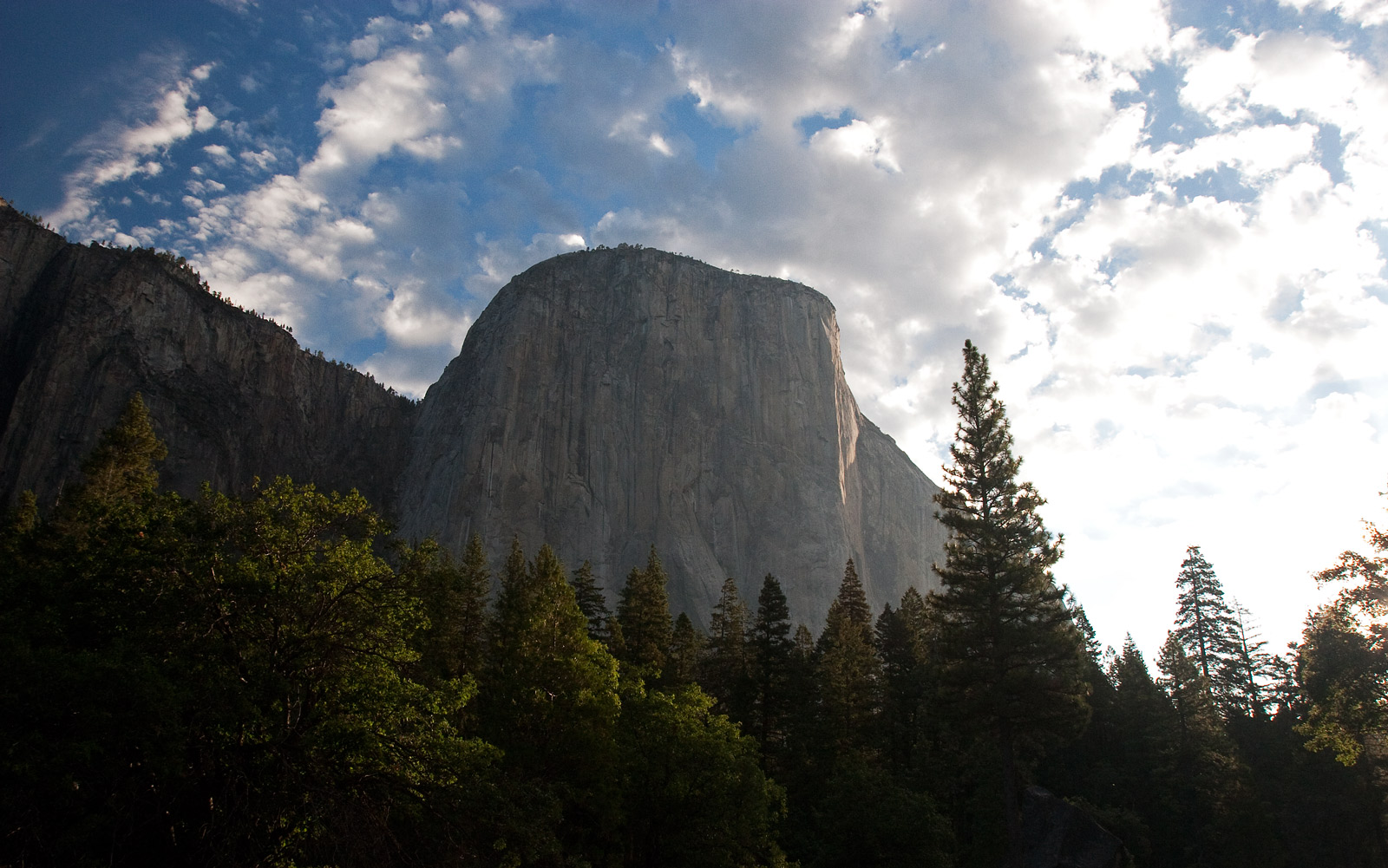
El Capitan Morning Sunrise in Yosemite National Park
Sierra Sun Times file photo
Budget proposes 13% cut to the National Park Service
May 25, 2017 - Washington, DC — The Coalition to Protect America’s National Parks released the following statement in response to the President’s FY18 budget, with proposes a 13% cut to the National Park Service (which translates to nearly 400 million dollars):
“The budget proposed for the National Park Service is the worst budget since World War II,” said the Coalition’s Chair Maureen Finnerty. “The National Park Service has experienced a multitude of cuts over the years, and we cannot afford any further reductions. We hope that the American public and gateway communities will resist these cuts by contacting their members of Congress and let them know that these cuts are not acceptable and that we cannot afford to reduce our investment in the economic engines for many communities.”
Park-level cuts of 8%, will result in a reduction of 1,242 positions. When added to 2,000 currently vacant positions, this will have a devastating effect on park operations, adversely impacting visitor services, the maintenance and protection of park resources, and the economies of gateway communities. This will greatly reduce or eliminate all seasonal positions that parks rely on during peak visitor seasons. In addition to important seasonal employees, 15% of the work in parks is performed by volunteers yet there is a 40% reduction in the volunteer budget. This makes no sense at all.
This level of cuts would reduce or eliminate spending on several popular programs that benefit park communities and cities around the country such as the Rivers, Trails, and Conservation Assistance Program (11%), and elimination of National Heritage Areas. Federal Land Acquisition is virtually eliminated, hindering critical efforts at parks such as Everglades. Southwest Border Resource Protection is reduced by 50%. The competitive grants portion of the Historic Preservation Fund is eliminated. Youth partnerships are reduced by 46%. Battlefield Protection Grants are reduced by 42%. Japanese American Internment Preservation Grants are reduced by 34%. The only appropriation request for an increase is Construction at +8.2% (from $209 million to $226 million). To provide some historic perspective, the 2001 Construction appropriation was $352 million.
In addition to park impacts, there have been suggestions that central offices be reduced in size or number. The impacts would still be felt by parks and park visitors, as central offices provide vitally needed support services to parks such as contracting and personnel. Central offices provide oversight, direction, and leadership of parks, ensuring the best and effective use of financial and human resources. New cuts would be on top of previous cuts to these offices including elimination of three regional offices during the 1990’s.
There is also a direct relationship between park budgets and the economies of local communities. Some 330 million people visit the parks each year and spend approximately $18.4 billion dollars annually in communities surrounding the parks. This means that reductions to park budgets could lead to reductions in visitors, and thus visitor spending.
The Coalition to Protect America’s National Parks is comprised of nearly 1300 members who possess over 30,000 years of experience managing and operating national parks. A 501(c)3, the Coalition’s purpose is to advocate use and preservation of national parks. To learn more visit http://protectnps.org/.
Source: The Coalition to Protect America’s National Parks








